The Europe Renewable Electricity Market is currently characterized by a dynamic competitive landscape, driven by a confluence of regulatory support, technological advancements, and an increasing emphasis on sustainability. Major players such as Iberdrola (ES), Enel (IT), and Ørsted (DK) are strategically positioning themselves to capitalize on these growth drivers. Iberdrola (ES) focuses on expanding its renewable energy portfolio through significant investments in wind and solar projects, while Enel (IT) emphasizes digital transformation and innovation in energy management systems. Ørsted (DK), known for its leadership in offshore wind, is actively pursuing partnerships to enhance its technological capabilities and market reach. Collectively, these strategies not only enhance their competitive positioning but also contribute to a more sustainable energy landscape across Europe.
In terms of business tactics, companies are increasingly localizing manufacturing and optimizing supply chains to enhance operational efficiency. The market appears moderately fragmented, with a mix of established players and emerging firms vying for market share. The collective influence of key players, such as RWE (DE) and Vattenfall (SE), is shaping the competitive structure, as they engage in strategic collaborations and joint ventures to bolster their market presence and technological prowess.
In August 2025, RWE (DE) announced a significant partnership with a leading technology firm to develop advanced energy storage solutions. This strategic move is likely to enhance RWE's capabilities in managing renewable energy intermittency, thereby improving grid stability and reliability. The collaboration underscores RWE's commitment to innovation and positions the company favorably in a market increasingly focused on energy resilience.
In September 2025, Vattenfall (SE) launched a new initiative aimed at integrating artificial intelligence into its energy management systems. This initiative is expected to optimize energy distribution and consumption patterns, thereby enhancing operational efficiency. By leveraging AI, Vattenfall (SE) is not only improving its service offerings but also aligning with the broader trend of digitalization within the renewable energy sector.
In October 2025, Ørsted (DK) unveiled plans to expand its offshore wind capacity in the North Sea, aiming to double its output by 2030. This ambitious expansion reflects Ørsted's strategic focus on scaling up renewable energy production and reinforces its position as a leader in the offshore wind market. The initiative is indicative of the growing importance of large-scale renewable projects in meeting Europe’s energy transition goals.
As of October 2025, the competitive trends within the Europe Renewable Electricity Market are increasingly defined by digitalization, sustainability, and the integration of advanced technologies such as AI. Strategic alliances are becoming pivotal in shaping the landscape, as companies seek to leverage complementary strengths to enhance their market positions. Looking ahead, competitive differentiation is likely to evolve from traditional price-based competition towards a focus on innovation, technological advancement, and supply chain reliability, reflecting the industry's shift towards a more sustainable and resilient energy future.





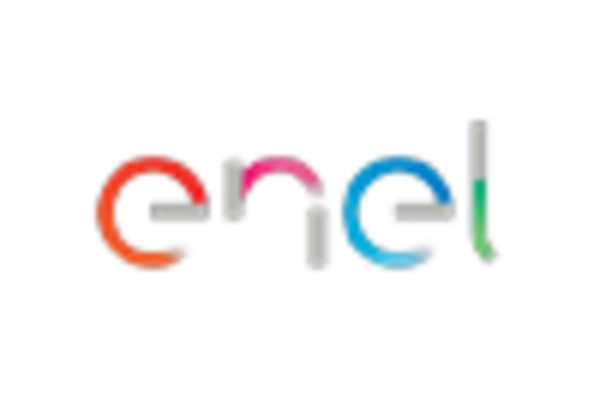
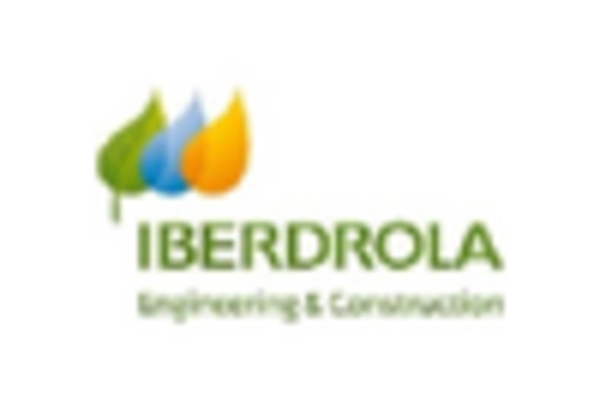
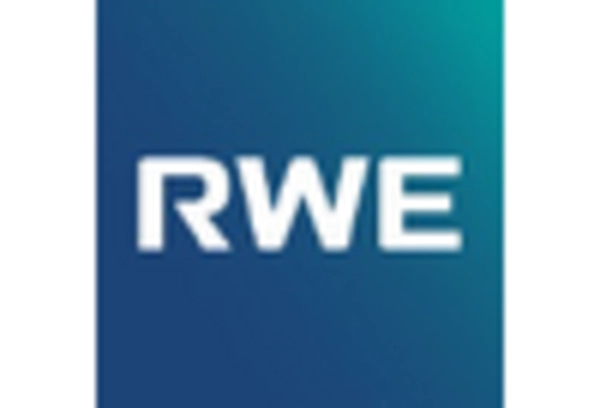
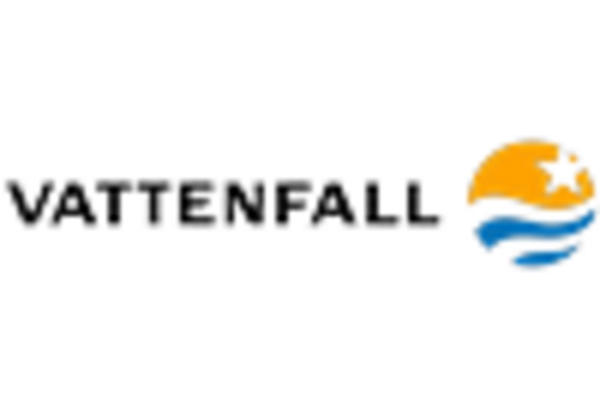
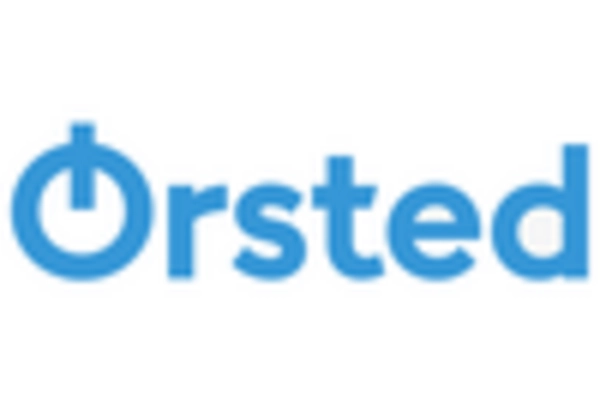








Leave a Comment